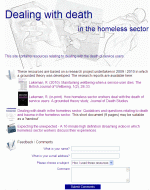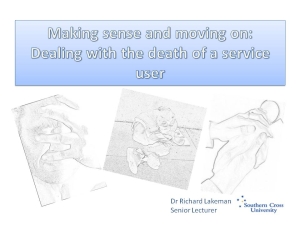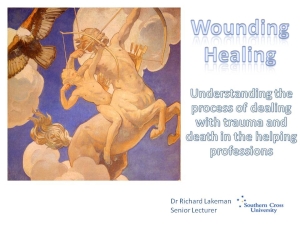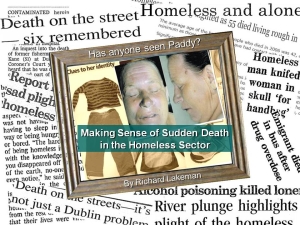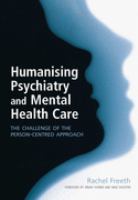This site is a repository for a variety of resources relating to a study undertaken between 2009 and 2010 exploring how homeless sector workers deal with and respond to death and trauma of people with whom they work. The site hosts a video of homeless sector workers talking about their experience, handouts and articles relating to the study.
